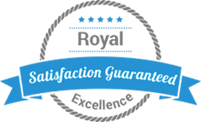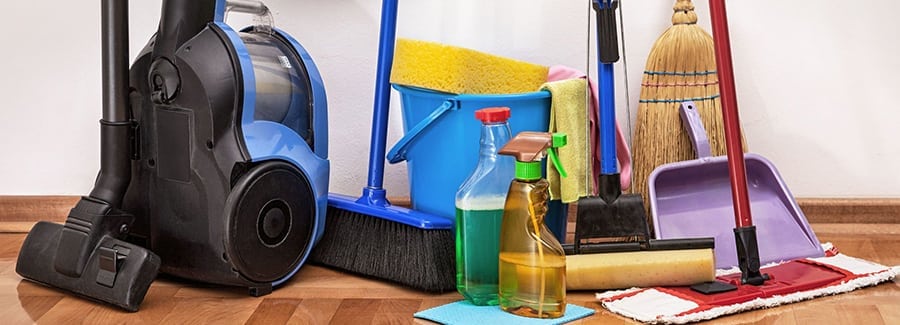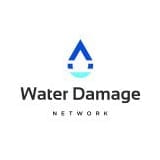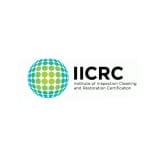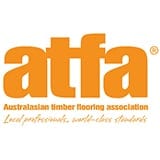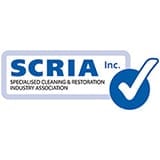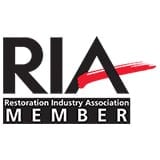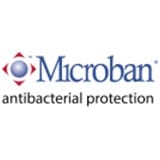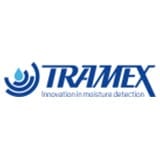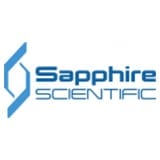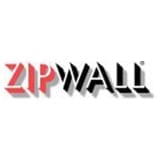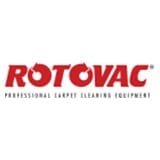While hot water extraction steam cleaning may be best overall, each method has merit for use in certain situations. The types of carpet cleaning we will cover are extraction cleaning, dry powder, absorption pad, and rotary shampoo/dry foam.
At Carpet Cleaning Kings, we prefer the hot water extraction method of carpet cleaning and the answers to most of the frequently asked questions assume that this approach has been used.
Hot Water Extraction.
This method of cleaning is also referred to as ‘Steam Cleaning.’ The more accurate term is ‘hot water extraction.’
This method involves preconditioning with a cleaning compound designed to emulsify and suspend the oxidised oils and soils. This is followed by injecting a hot water solution, usually containing a cleaning agent, into the carpet face, which is then immediately followed by a vacuum system that extracts the soil and the solution.
Operator expertise and training cannot be over-emphasized. Even more important than quality equipment is a quality Technician.
This method is the one most recommended by the carpet manufacturers and is probably the most used method today. The larger the machine (as in truck-mounted equipment), the more soil will be removed. The drying time varies from a low of 2 hours or up to 24 hours in extreme cases. The more powerful the vacuum and the more skilled the Technician, the more quickly the carpet will dry.
Dry Cleaning.
Also referred to as bonnet or dry pad cleaning, this type of cleaning is best used as an interim maintenance system, although there are some instances where it can be utilised for the primary cleaning. The equipment used will consist of a rotary brush floor machine with a driving block in place of the brush. An absorbent pad (made from any combination of rayon, nylon and cotton), is placed onto the block. A cleaning compound is either sprayed on the carpet or the pad is dipped in a cleaning solution. The solution is usually a water base formula with certain solvents added as an aid in the cleaning and drying process. Once the solution is applied to the carpet, it is then given time to work. Then, with the bonnet slightly damp, the Technician will buff over the carpet using overlapping strokes. The absorbent pad will pick up suspended soil and excess cleaning solution and must be changed when it becomes saturated and no longer picks up the soil. This system is simple, fast, and relatively easy to learn. It will give excellent appearance on light to medium soiled carpet. When properly performed, this system will leave the carpet dry in under 2 hours. However, this type of cleaning will usually only clean the top third of the carpet. With the minimal extraction available from the pad, repeated cleanings will not completely clean the carpet and can cause excess to build up from cleaning solution and deep soil, which will wick to the surface. When used as interim cleaning or maintenance cleaning, this system will do well. It is recommended that the next clean be a hot water extraction clean to remove the deep soil and left-over cleaning compound residues.
Dry Powder.
This system uses an absorbent particulate product that is impregnated with cleaning agents and solvents. The powder is spread on the carpet either by hand, or our spreading machines then worked into the carpet by counter-rotating cylinder brushes. The powder will release the chemical cleaner onto the soil, which is then emulsified and suspended, and then some of the soil is absorbed back into the powder product. The powder is left to sit for 15 to 30 minutes and then vacuumed up. The advantage to this cleaning is that just about anybody can learn to clean using this system. The product dries very quickly and is ready to put back in service after about 20 minutes. The counter-rotating brushes offer excellent agitation. The disadvantages are that the thicker and denser the pile of the carpet, the more it tends to trap the powder and cause a build-up. Even with a powerful vacuum, over a period the powder will build up at the base of the carpet causing excess dust in a home or business. When faced with a heavily soiled carpet where the soils and oils have oxidized over time, this method is not an effective cleaning system. This method is useful only when used in a consistent maintenance program where the carpets are not allowed to become overly soiled.
Rotary Shampoo/Dry Foam.
The shampoo system is still widely used and has been around for many years. With the advent of non-re-soiling synthetic detergents, we can now clean without the re-soiling problems previously associated with this method. The compound used is a foaming surfactant base that offers good lubrication and soil suspension. There are basically two types of machines used with this method. The first is a rotary floor machine, fitted with a shower feed brush and a solution tank mounted on the handle. The cleaning solution is fed through the top plate of the machine and down through the shower feed brush. At this point the solution is whipped into a foam and worked into the carpet with the rotating brush. The other type of machine is more commonly referred to as a dry foam or Dry Foam Extraction Machine. This machine uses the same cleaning compound but rather than a large brush sitting directly on the carpet, it has a cylinder brush to work the foam and agitate the carpet. The foam is produced before hitting the carpet, worked in with the brush, and then extracted with a vacuum system. The advantages, as with the absorbent pad method, shampoo and dry foam cleaning is fast and does not require extensive training for the Technician. When the procedure is done correctly, the dry foam will impart only a small amount of moisture thus leaving the carpet to dry in 2 to 4 hours. However, while an extraction process is usually included with this system, thorough soil removal is not achieved as compared to hot water extraction. Temperature is an important fundamental of cleaning and even under the very best circumstances, only lukewarm foam will meet the carpet. Over wetting is another strong possibility if the technician is untrained and the equipment malfunctions.
